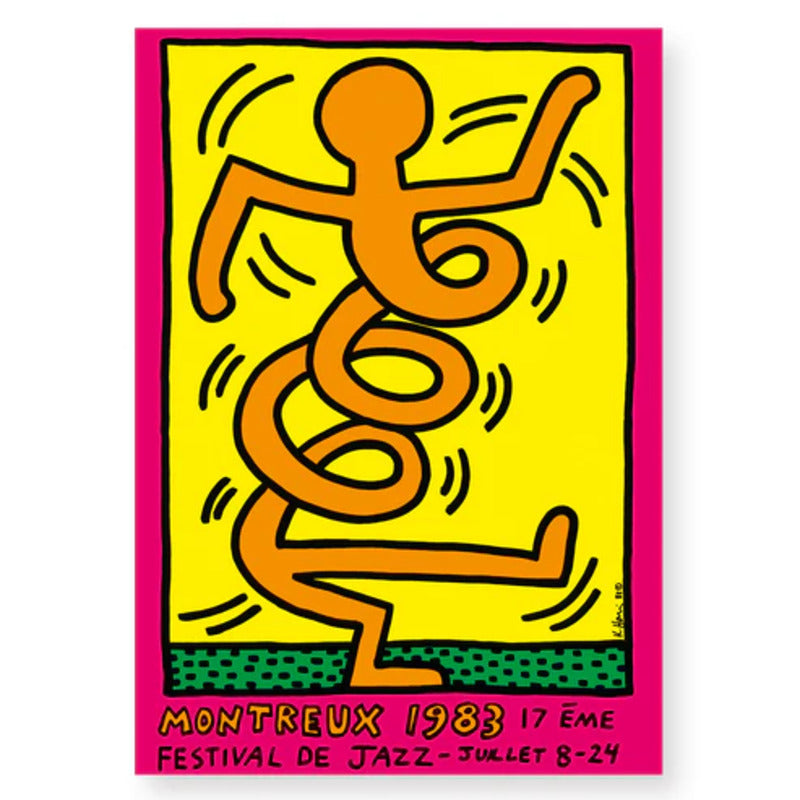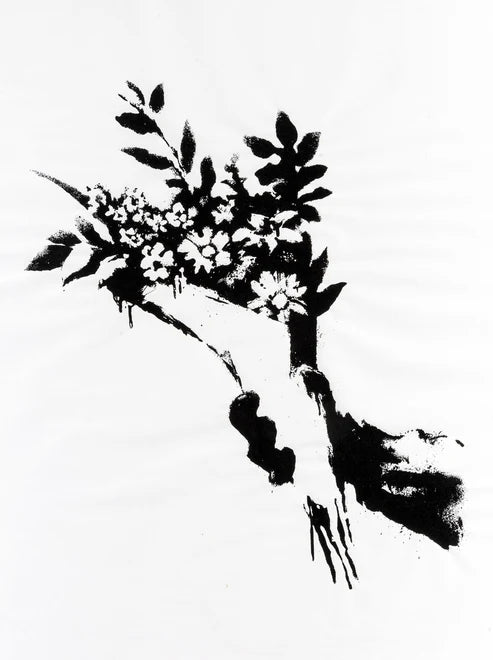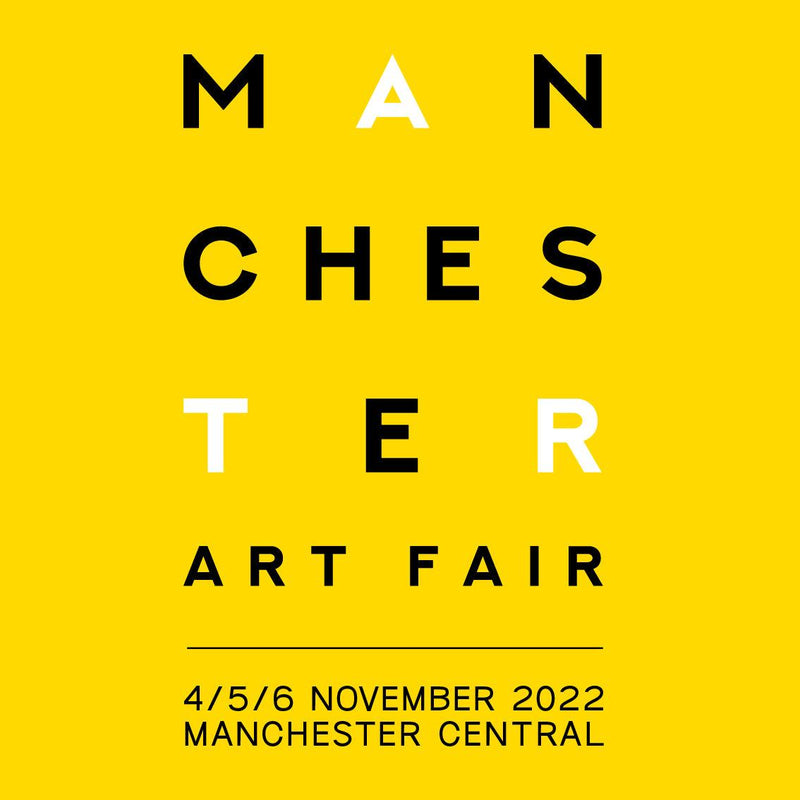
What is Sunday B. Morning?
Almost everyone has heard of Andy Warhol, and many can easily name some of his iconic works—Flowers, Marilyn, and Campbell's Soup Cans have all become integral parts of mainstream culture and are well-known in the layman's understanding of 20th-century art. However, when people go to purchase a print of one of these famous artworks, they may find themselves puzzled by the label 'Sunday B. Morning' instead of 'Andy Warhol'. What gives? This article aims to explain the intriguing connection between Warhol and Sunday B. Morning.
A Brief History of Andy Warhol
Andy Warhol was a pivotal figure in the pop art movement, celebrated for his distinctive style and prolific output. Born in 1928 in Pittsburgh, Pennsylvania, Warhol initially pursued a career in commercial art before gaining fame in the 1960s for his iconic depictions of everyday objects and celebrities, such as Campbell's Soup Cans and Marilyn Monroe. True to the central thesis of the pop art movement, Warhol's work blurred the lines between high and low culture, challenging traditional notions of art. He also explored various media, including film, photography, and printmaking. His studio, The Factory, became a hub for artists, musicians, and cultural icons. Warhol passed away in 1987, leaving behind a legacy as a key figure in contemporary art, which retains significance to this day.
The Beginnings of Sunday B. Morning
Sunday B. Morning is closely associated with Andy Warhol through the production of silkscreen prints that replicate some of Warhol's most famous works. In the early 1970s, Warhol collaborated with the Belgian art publisher Sunday B. Morning to create a series of prints based on his iconic images, such as the Marilyn Monroe and Campbell's Soup Can series. These prints, often referred to as the "Blue Edition" due to the blue ink used for the "fill in your own signature" stamp on the back, were intended to be indistinguishable from Warhol's original works.
Warhol initially endorsed these prints, recognizing their value in making his art more accessible and widespread. The collaboration with Sunday B. Morning allowed for high-quality reproductions of his iconic works, aligning with Warhol's philosophy of art as a commodity. However, as the project progressed, Warhol became concerned about the potential dilution of his brand and the loss of control over the distribution and quality of the prints. This led to his decision to distance himself from the project, publicly disavowing any involvement with the Sunday B. Morning editions.

Sunday B. Morning Today
Despite Warhol's later disavowal of the Sunday B. Morning prints, they have maintained their popularity and status within the art world. Collectors and art enthusiasts value these prints for their high-quality craftsmanship and their close resemblance to Warhol's original works. The Sunday B. Morning editions are often seen as authentic reproductions because they were created using the same techniques and materials as Warhol's original silkscreens.
This enduring popularity highlights Warhol's significant influence on contemporary art and culture, as well as the continued fascination with his unique style and approach to art. The existence and success of these prints also speak to the broader themes in Warhol's work, such as the replication and commodification of art in a mass-media society. It is for this reason that many art galleries worldwide—including Smolensky Gallery—feature Sunday B. Morning prints as part of their collection. A testament to questions surrounding art, commercialization, and commodification; to possess a Sunday B. Morning print is to possess a piece of art history.
 |
||
References
- Bockris, V. (1989). The Life and Death of Andy Warhol. Bantam Books.
- Warhol, A., & Hackett, P. (1989). POPism: The Warhol Sixties. Houghton Mifflin Harcourt.
- Bourdon, D. (1989). Warhol. Harry N. Abrams.
- Feldman, F., & Schellmann, J. (1985). Andy Warhol Prints: A Catalogue Raisonné 1962-1987. Abbeville Press.
- Hughes, R. (1982). The Rise of Andy Warhol. Time Magazine.
- Fine, R. (1970). Sunday B. Morning: The Warhol Connection. Art in America.
- Coplans, J. (1971). Warhol's Blueprint for Mass Production. Artforum.
- Foster, H. (1996). The Return of the Real: The Avant-Garde at the End of the Century. MIT Press.







